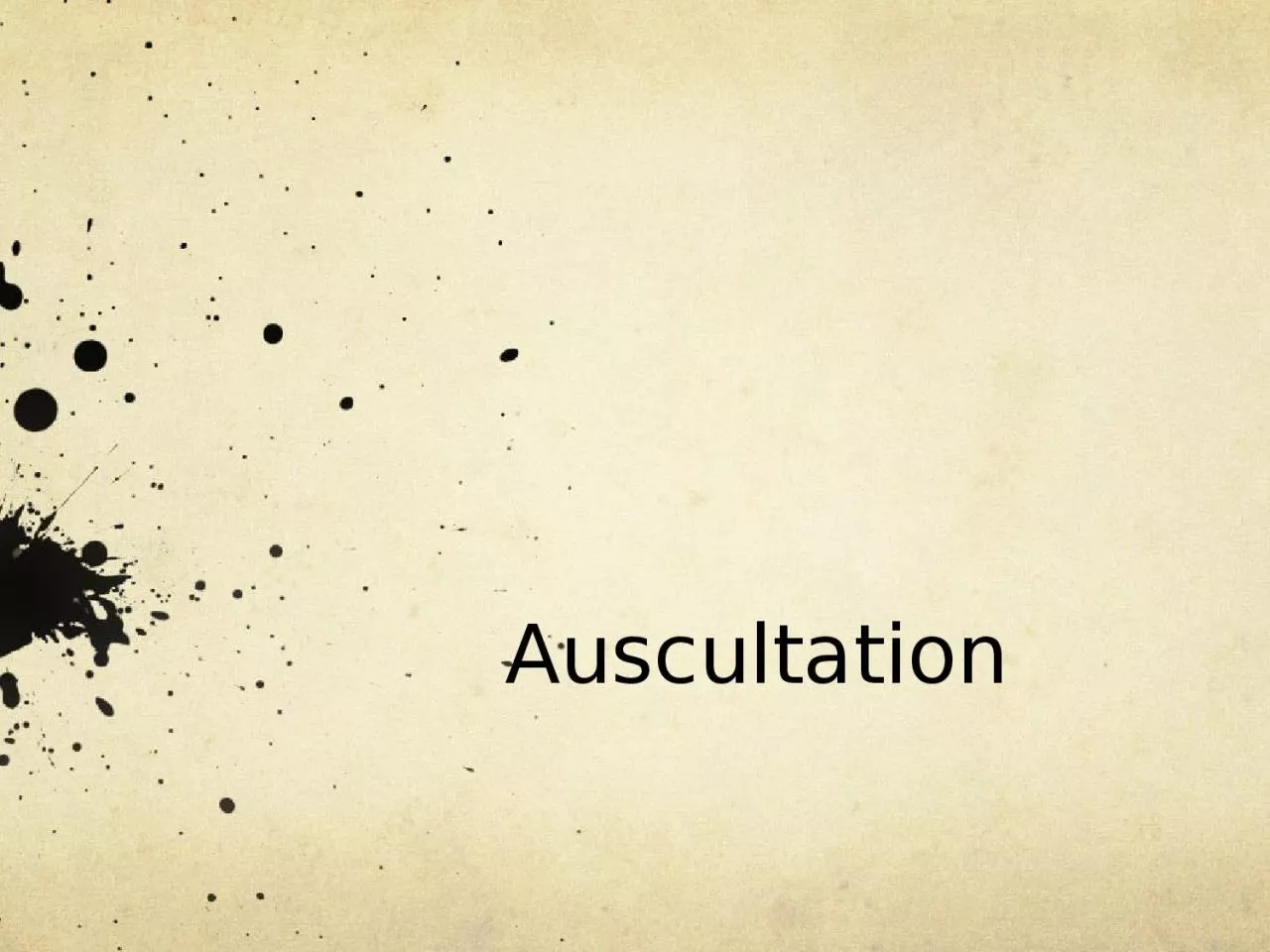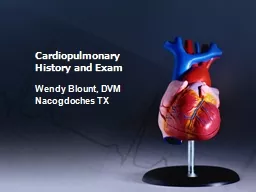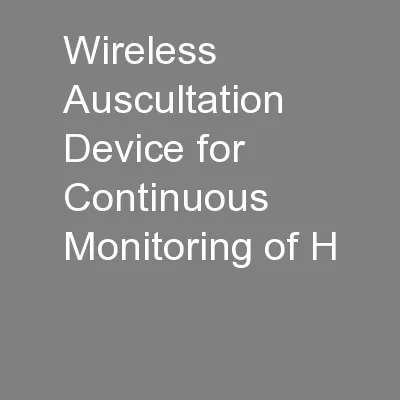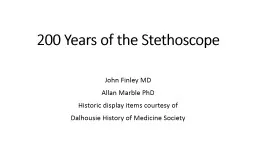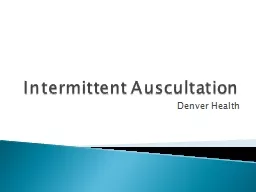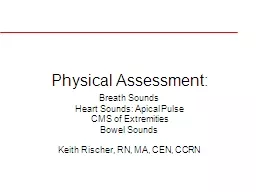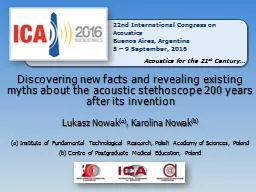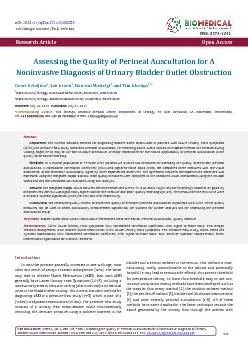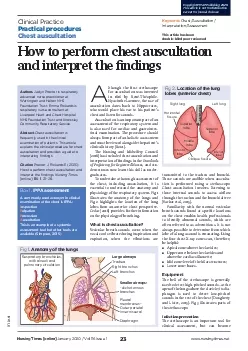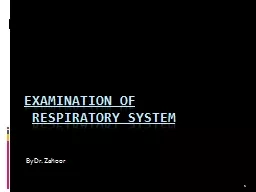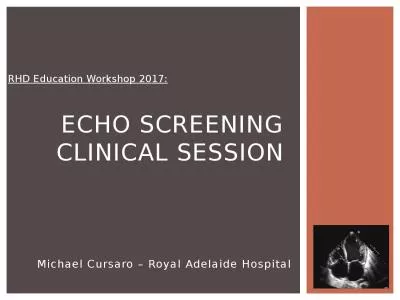PPT-Auscultation Auscultatory
Author : genevieve | Published Date : 2022-07-01
areas Aortic area 2 nd intercostal space in the right sternal border Pulmonic area 2 nd intercostal space in left intercostal border Erbs point Third
Presentation Embed Code
Download Presentation
Download Presentation The PPT/PDF document "Auscultation Auscultatory" is the property of its rightful owner. Permission is granted to download and print the materials on this website for personal, non-commercial use only, and to display it on your personal computer provided you do not modify the materials and that you retain all copyright notices contained in the materials. By downloading content from our website, you accept the terms of this agreement.
Auscultation Auscultatory: Transcript
Download Rules Of Document
"Auscultation Auscultatory"The content belongs to its owner. You may download and print it for personal use, without modification, and keep all copyright notices. By downloading, you agree to these terms.
Related Documents

